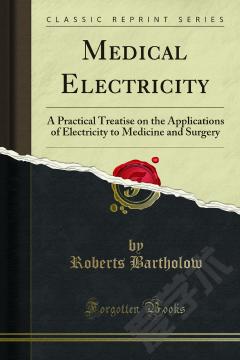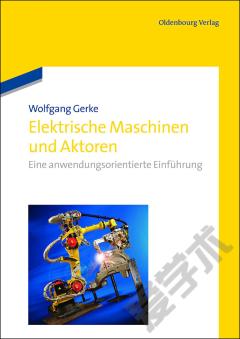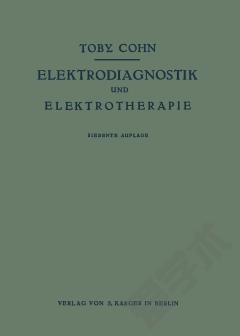Uses of Electrical Stimulation for Digestive and Endocrine Surgeons
The use of electrical stimulators with medical aims has increased exponentially in the last years. The uses are very different. Though the most widely known are referred to as the approaches performed by neurosurgeons, evidence has recently appeared, supporting its use by many other medical specialties. Electrical stimulation can be applied transcutaneously (TENS) or percutaneously (PENS). The target of electrical stimulation can be a nerve, inducing electric conductivity and finally acting over the innervated structure, which is activated, or starting a reflex with the involvement of the spinal cord. The stimulation can also act directly over a muscle, inducing a contraction. The effects of electrical stimulation are very diverse, ranging from the development of an artificial reflex and consequently activating the stomach, the pancreas or a sphincter, to a continuous muscular contraction, provoking hypertrophia of the structure and hyperfunction, or to the identification of a laryngeal recurrent nerve during a thyroidectomy, avoiding its damage. Moreover, electrical stimulation has been also used to reduce the feeling of pain, as the stimulation of somatic fibers somehow masks the transmission of nociceptive ones. The aim of this book is to revise the actual evidence about the different uses of electrical stimulation by digestive and endocrine surgeons.
{{comment.content}}








 京公网安备 11010802027623号
京公网安备 11010802027623号